UP TO THE MINUTE
The critical role of injury reporting in roofing safety
April 30, 2025 at 6:00 a.m.By Cotney Consulting Group.
Roofing contractors can build safer job sites, support their teams and run stronger businesses by fostering a culture of open, honest reporting.
In the fast-paced roofing world, brushing off a minor scrape or a twisted ankle is easy. After all, roofers are a tough breed, used to working through discomfort and pushing through tough conditions. However, that "walk it off" mentality can do more harm than good regarding workplace safety, especially in such a high-risk trade. Whether the injury is major, minor or a near miss, injury reporting is one of the most important tools roofing contractors have to protect their workers, reputation and bottom line.
The culture of underreporting
In many construction trades, roofing included, workers often avoid reporting injuries for fear of being seen as weak or slowing down the job. Others assume it isn't worth mentioning if the injury doesn't require immediate medical attention. This culture of underreporting is dangerous.
Failing to report injuries — no matter how minor — can lead to:
- Worsening of untreated injuries
- Repeat incidents from unaddressed hazards
- Noncompliance with OSHA regulations
- Lost productivity and increased insurance costs
When workers stay silent, supervisors remain unaware of problems that could be fixed to prevent future harm. Something as simple as a poorly placed tool or a slippery membrane patch can lead to repeated injuries unless someone speaks up.
Minor injuries can become major problems
A small cut can become infected. A sore back might indicate the early signs of a herniated disc. That stumble off the last step of the ladder might be the warning shot before a serious fall. Treating and documenting minor injuries immediately can often prevent them from developing into larger, more costly problems — for both the worker and the employer.
Early intervention is essential in roofing, where heat, heights, sharp tools and heavy lifting can compound injuries.
Reporting helps identify trends and fix hazards
One of the most significant benefits of consistent injury reporting is the ability to analyze patterns. If three workers report tripping over a stack of materials left in a walkway, that's not a coincidence — it's a systemic problem that must be corrected. But without that reporting, no one may realize there's a recurring issue.
Accurate records help management:
- Identify dangerous practices or areas on the job site
- Make informed decisions about equipment or worksite layout
- Implement targeted safety training
- Validate that current safety protocols are working — or not
- In this way, injury reports are not just paperwork — they're feedback loops that can save lives.
Legal protection and compliance
OSHA regulations require that certain workplace injuries be recorded and, in some cases, reported directly to the agency. But even beyond compliance, having detailed injury reports on file protects your company if a worker files a claim later or if there's a dispute over the cause or severity of an injury.
Proper documentation shows that:
- The injury was taken seriously
- Steps were taken to address the hazard
- The worker received appropriate care
- The company is committed to a safe work environment
Without proper documentation, even a minor incident can lead to costly litigation or insurance battles down the road.
Building a culture of reporting without fear
Supervisors and company leadership must actively promote a "no shame, no blame" reporting policy to create a safety-conscious roofing crew. Workers should feel safe to report injuries, near misses or hazards without fear of punishment or ridicule.
Here are a few tips to build that culture:
- Lead by example: Supervisors should report their incidents to show that safety applies to everyone.
- Acknowledge all reports: Let workers know their input is valuable and being used to improve safety.
- Reward honesty: Recognize teams or individuals who consistently identify and report hazards.
- Make reporting easy: Provide clear, accessible channels for submitting injury reports and near misses, even anonymously if needed.
What should be reported?
Roofing contractors should encourage their crews to report:
- Any injury, no matter how small (cuts, bruises, sprains)
- Illnesses or symptoms from chemical exposure
- Instances of heat stress or dehydration
- Near misses (e.g., someone nearly fell off a ladder)
- Unsafe conditions or hazards spotted on-site
Each report adds to the collective knowledge and safety of the team.
Turn reports into action
Reporting is only effective if it leads to real change. Use reported incidents as learning opportunities during toolbox talks, safety meetings or training sessions. Review reports weekly or monthly to identify patterns and adjust procedures accordingly.
For example:
- A rise in back strains might signal the need for lifting training or better equipment.
- Frequent minor cuts could indicate dull blades or the need for new gloves.
- Repeated heat exhaustion reports might prompt schedule adjustments or more hydration stations.
Conclusion
Safety can't be an afterthought in the roofing industry — it must be woven into every action, task and decision. Injury reporting isn't about assigning blame. It's about protecting people, improving processes and preventing future harm.
No injury is too small to report. Every incident is a chance to learn. Roofing contractors can build safer job sites, support their teams and run stronger businesses by fostering a culture of open, honest reporting. The most effective safety tool isn't in a toolbox — it's in the stories your crew shares.
Learn more about Cotney Consulting Group in their Coffee Shop Directory or visit www.cotneyconsulting.com.
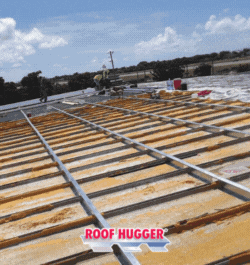



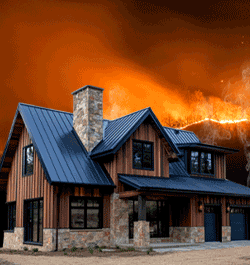



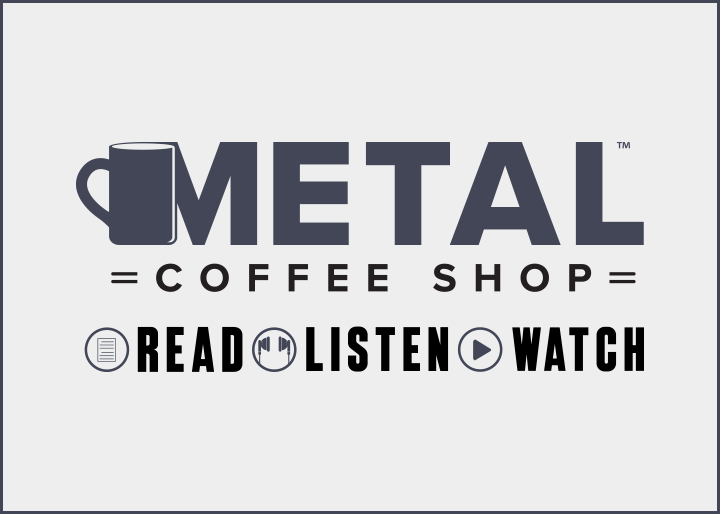



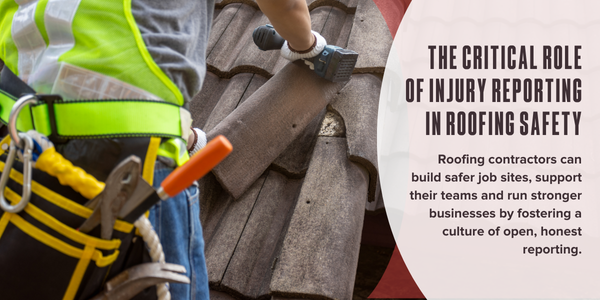

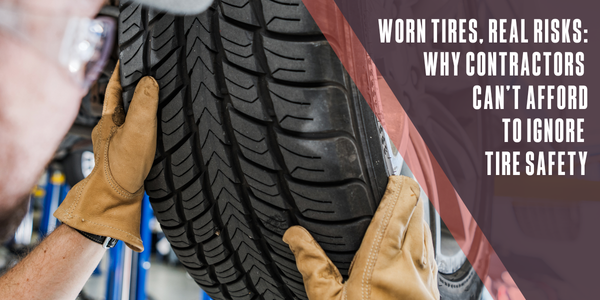
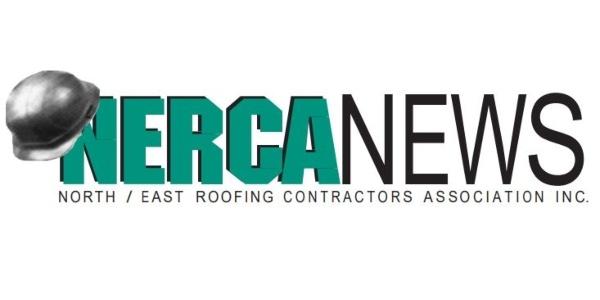

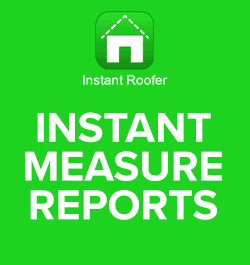



Comments
Leave a Reply
Have an account? Login to leave a comment!
Sign In